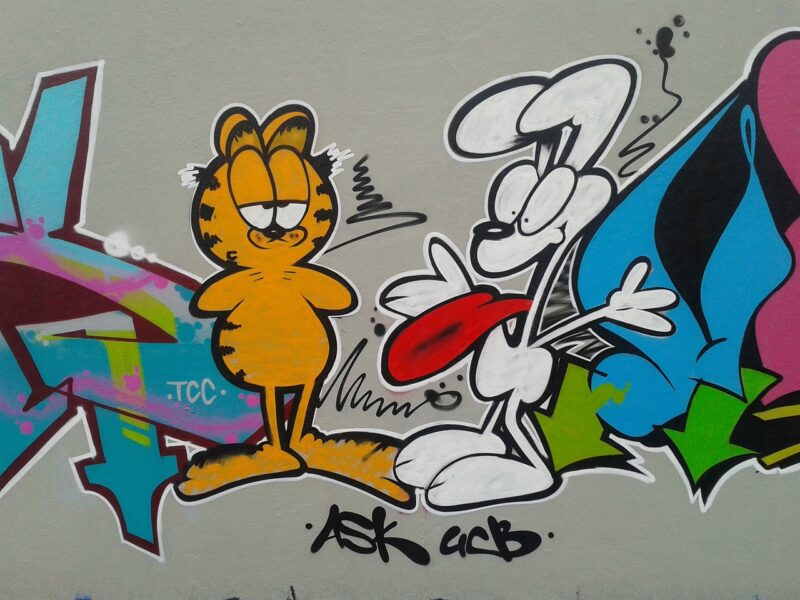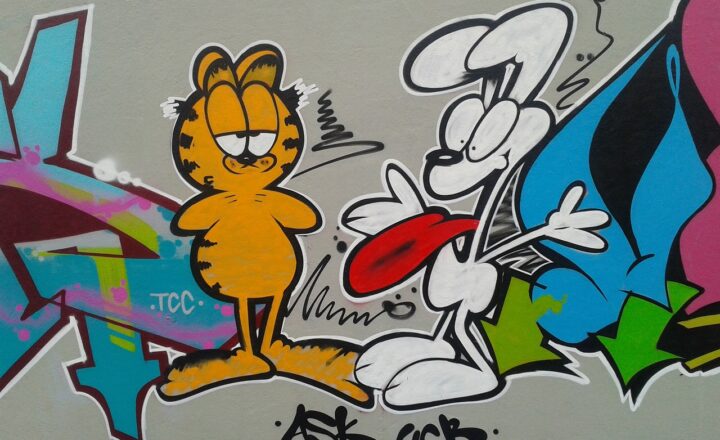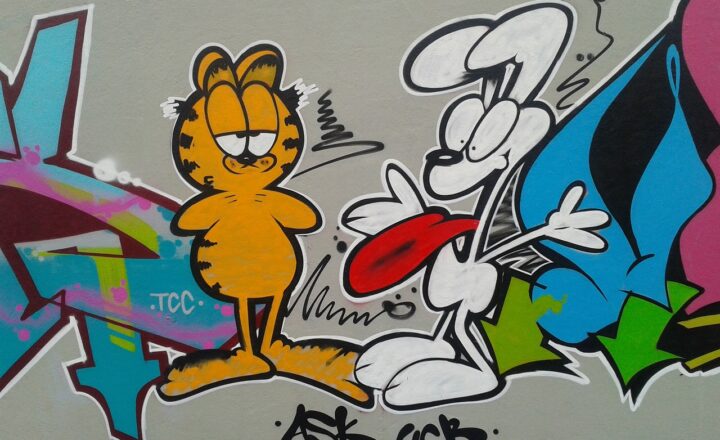The Secret Life of Your Favorite Cartoon Characters: What You Never Knew About Their Backstories
November 17, 2024

Cartoons have a unique ability to capture our imaginations, making us laugh, cry, and sometimes even reflect on deeper concepts of life. But beneath the vibrant animation and catchy theme songs, many of our beloved cartoon characters have rich backstories that often go unnoticed. In this article, we uncover the surprising tales of some iconic characters, revealing their hidden secrets, struggles, and the inspiration behind their creation.
1. Mickey Mouse: From Humble Beginnings to Iconic Status
Many people know Mickey Mouse as the cheerful, optimistic mascot of Disney. However, he was born out of necessity. In the late 1920s, Walt Disney lost the rights to his previous character, Oswald the Lucky Rabbit. In a moment of desperation, he created Mickey, who quickly became beloved for his childlike charm and resilience. Mickey’s original persona was defined by mischief; in fact, his first cartoon, “Steamboat Willie,” showcases him as a bit of a troublemaker — a stark contrast to his image today.
Over the years, Mickey has evolved to reflect changes in societal values. During World War II, he was portrayed as a determined war hero, encouraging Americans to support the troops. This adaptability has allowed Mickey to remain relevant for generations, a testament to the timelessness of his character.
2. Bugs Bunny: The Witty Trickster
Bugs Bunny, the wise-cracking rabbit we all know and love, was born during the Golden Age of Animation in the 1940s. Voiced primarily by Mel Blanc, Bugs first appeared in “A Wild Hare,” and he quickly captured audiences with his nonchalant demeanor and quick wit. Surprisingly, Bugs was initially conceived as a background character. It wasn’t until animators realized the comic potential of his unflappable personality that he was given the spotlight.
Bugs embodies characteristics derived from the cultural mindset of his time. His signature phrase, “What’s up, Doc?” was reflective of the casual dialect of post-war America. In contrast to the classic hero figures, Bugs showed audiences that it was okay to be clever and a bit of a scoundrel. This made him relatable, allowing him to connect deeply with fans across generations.
3. Scooby-Doo: The Mystery-Solving Dog
The lovable Great Dane, Scooby-Doo, along with his human friends from Mystery Inc., has entertained audiences since 1969. But did you know that Scooby’s name was originally inspired by a Frank Sinatra song? “Scooby-Doo, where are you?” became an iconic phrase representing the show’s core theme of teamwork and mystery-solving.
Scooby’s character was crafted to appeal to children, but he mirrors the anxieties of young viewers. The show’s format allowed kids to face their fears in a controlled environment—each mystery derived from typical childhood fears, such as the unknown or monsters lurking in the shadows. Additionally, Scooby’s combination of humor and bravery provides positive reinforcement, teaching viewers that it’s okay to face fears with friends.
4. The Simpsons: A Satire on American Family Life
Created by Matt Groening, “The Simpsons” has become a cultural institution since its debut in 1989. The show’s main family, consisting of Homer, Marge, Bart, Lisa, and Maggie, reflects the chaotic nature of the American family. From financial struggles to societal pressures, the show explores the complexities of family life with sharp satire.
Homer Simpson’s character is often seen as the quintessential lazy dad, but his clumsiness and vulnerability reveal a deeper commentary on masculinity and parenting. The dynamics between family members tackle real-life issues, from feminism through Lisa’s character to the importance of community highlighted by Marge. The Simpsons reminds us that while families may be dysfunctional, the love and support between them is what truly counts.
5. Dora the Explorer: A Journey of Learning
Dora, the bilingual explorer, has been a staple of children’s programming since 2000. Created to address and encourage interest in language learning among preschoolers, her character embodies curiosity, courage, and friendship. What sets her apart is her direct interaction with the audience, breaking the fourth wall by asking questions and encouraging kids to participate.
Dora’s adventures were also constructed to model problem-solving skills, as she navigates through obstacles while teaching values such as cooperation and perseverance. Notably, her diverse background serves to educate young viewers about cultural inclusivity and acceptance. Through her adventures, children learn that every experience is a chance to learn, fostering a sense of curiosity and adventure.
Conclusion: The Depth of Animation
Cartoon characters resonate with us not just for their whimsical adventures but also for their relatable backstories and personal growth. These beloved figures show that beneath the surface, there is always a narrative that reflects larger societal themes and personal experiences. Whether it’s Mickey’s rise to fame or Scooby-Doo’s brave pursuit of mysteries, understanding the hidden dimensions of these characters enriches our viewing experience, making us appreciate their stories all the more.
As viewers, it is crucial to recognize the context in which these characters were created. Their stories often mirror our own lives, reminding us to embrace our quirks and celebrate our journeys. So the next time you watch your favorite cartoon, take a moment to reflect on the backstories that lie beneath their animated facades.






